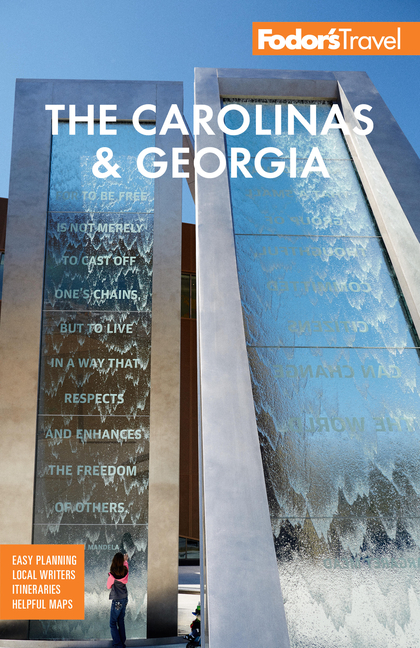Hilton Head Island is known far and wide as a vacation destination that prides itself on its top-notch golf courses and tennis programs, world-class resorts, and beautiful beaches. But the island is also steeped in American history. It has been home to Native American tribes, European explorers and settlers, soldiers from the Revolutionary War and the Civil War, and plantation owners profiting off the forced labor of enslaved Africans, whose descendants make up today's Gullah community.
More than 10,000 years ago, the island was inhabited by Paleo-Americans. From 8000 to 2000 BC, tribes like the Escamacus lived on the island; a shell ring made from their discarded oyster shells from that period can be found in the Sea Pines Nature Preserve.
The recorded modern history of the island goes back to the early 1500s, when Spanish explorers sailing coastal waters came upon the island and found settlements belonging to the Yemassee people. Over the next 200 years, the island was controlled at various times by the Spanish, the French, and the British. In 1663, Captain William Hilton claimed the island for the British crown (and named it for himself), and established indigo, rice, and corn plantations, forcing hundreds of enslaved people to live and labor on them.
During the Revolutionary War, the British harassed islanders and burned plantations. During the War of 1812, British troops again burned plantations, but the island recovered from both wars. During the Civil War, Union troops took Hilton Head in 1861 and freed the more than 1,000 enslaved people on the island. Mitchelville, one of the first settlements for freed Black people, was created. There was no bridge to the island, so its formerly enslaved people, called "Gullah," subsisted on agriculture and the seafood-laden waters.
Over the years, much of the former plantation land was sold at auction. Then, in 1949, General Joseph Fraser purchased 17,000 acres, much of which would eventually become various communities, including Hilton Head Plantation, Palmetto Dunes, and Spanish Wells. The general bought another 1,200 acres, which his son, Charles, used to develop Sea Pines. The first bridge to the island was built in 1956, and modern-day Hilton Head was born.
What makes Hilton Head so special now? An emphasis on development that also preserves the environment means that, despite its growth over the last 30 years, the island is still a place that values its history and natural beauty, and welcomes people from around the world with its hospitality and authenticity.






